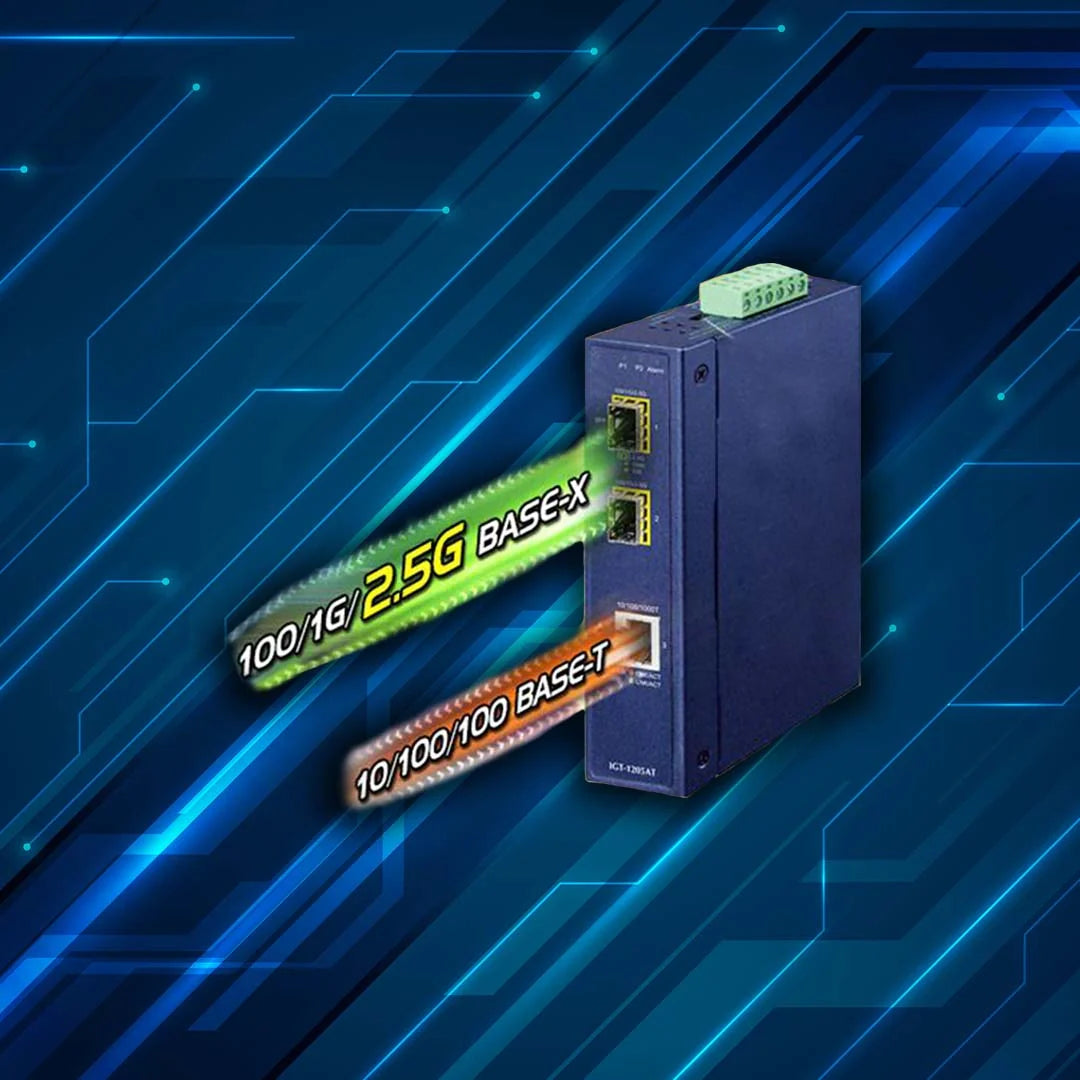You have no items in your shopping cart.

In the modern era of digital connectivity, networking technologies have undergone remarkable advancements, transforming the way we communicate and share information. The foundation of these technologies lies in the Ethernet, a standard for connecting devices within a local area network (LAN). Among the various Ethernet standards, one that stands out is 10/100/1000 Base T, a term often encountered when dealing with networking equipment. This article aims to demystify the enigmatic term "Base T" and provide a comprehensive understanding of the 10/100/1000 Base-T Ethernet technology.
To grasp the essence of 10/100/1000 Base-T, it's essential to unravel the significance of the term "Base T." In the context of networking, "Base T" refers to the physical layer of the Ethernet standard, specifically the transmission medium and encoding scheme used to transmit data packets between devices. The "Base" signifies the baseband transmission, where the entire bandwidth of the medium is utilized for a single data signal, as opposed to broadband transmission, which divides the bandwidth into multiple frequency channels.
The ethernet technology has evolved significantly since its inception, driven by the increasing demand for faster and more efficient data transfer. The evolution of Ethernet speeds can be traced through the various generations of Base T standards:
10 Base-T: The journey begins with 10 Base-T, the first widespread Ethernet standard. Introduced in the early 1990s, it supports data rates of 10 Mbps (megabits per second). At this speed, the transmission of large files and multimedia content was a sluggish process. 10 Base T used unshielded twisted pair (UTP) cables for transmission, which were cost-effective and relatively easy to install.
100 Base-T: As the need for higher data rates grew, the networking industry introduced 100 Base T in the mid-1990s. This standard increased the data rate tenfold, offering speeds of 100 Mbps. The adoption of 100 Base-T was rapid, and it became the standard for most LAN deployments. The improved speeds facilitated smoother data transfers and paved the way for multimedia-rich applications.
1000 Base-T: With the turn of the millennium came the dawn of the Gigabit Ethernet era. The 1000 Base T, also known as Gigabit Ethernet, was introduced, boasting data rates of 1000 Mbps or 1 Gbps (gigabit per second). This advancement was a game-changer, enabling faster backups, efficient video streaming, and accelerated data sharing. 1000 Base T made use of all four pairs of wires within a typical Ethernet cable, paving the way for greater data throughput.
The "10/100/1000" in 10/100/1000 Base T represents the supported data rates for different generations of Ethernet speeds. In this context, the keyword "Base T" is a constant reminder of the underlying technology that makes these speeds possible.
The dominance of 10/100/1000 Base T Ethernet technology is underpinned by its myriad features and benefits, which have positioned it as a cornerstone of modern networking:
Scalability: One of the key strengths of 10/100/1000 Base T technology is its scalability. It is designed to accommodate the increasing demands of network traffic as technology evolves. This scalability allows networks to seamlessly grow without requiring a complete overhaul of the infrastructure.
Backward Compatibility: The 10/100/1000 Base T devices are often backward compatible with older Ethernet standards. This means that even when integrating new technology into an existing network, compatibility issues are minimized, and migration can be a gradual process.
Versatility: The versatility of 10/100/1000 Base T Ethernet is evident in its ability to support various types of network traffic, from simple data transmission to voice and video streaming. This versatility is crucial in modern networking environments where diverse communication needs must be met.
Cost-Effectiveness: While newer Ethernet technologies have emerged, the 10/100/1000 Base T remains a cost-effective solution for many organizations. Its widespread adoption has led to the availability of affordable networking equipment and cables, making it an attractive option for businesses of all sizes.
Ubiquity: The ubiquity of 10/100/1000 Base T technology is a testament to its enduring relevance. The networking hardware and infrastructure based on this technology can be found in homes, offices, data centers, and various other settings around the world.
Challenges and Considerations
While 10/100/1000 Base T Ethernet has brought about significant advancements in networking, it's important to acknowledge the challenges and considerations associated with its implementation:
Cable Quality: The performance of 10/100/1000 Base T networks is highly dependent on the quality of the Ethernet cables used. Subpar cables or improper installations can lead to signal degradation and reduced data rates.
Cable Length: The maximum cable length for 10/100/1000 Base T Ethernet is 100 meters (approximately 328 feet). Beyond this distance, signal integrity may be compromised, affecting network performance.
Interference: Electromagnetic interference (EMI) and radio frequency interference (RFI) can disrupt the signal transmission in 10/100/1000 Base T networks. Proper shielding and cable management techniques are essential to mitigate such interference.
Power Consumption: Gigabit Ethernet devices can consume more power compared to their predecessors. Network administrators must consider power efficiency when deploying and managing 10/100/1000 Base-T devices, especially in energy-conscious environments.
Future Outlook
As technology continues to evolve, the future of Ethernet networking holds promises of even higher data rates and greater efficiencies. The emergence of 10 Gbps (10 Gigabit per second) Ethernet, and beyond, is already shaping the landscape of network infrastructure. However, it's worth noting that 10/100/1000 Base-T technology will likely remain relevant for years to come due to its established infrastructure and widespread adoption.
Ethernet technology
In resume, 10/100/1000 Base-T Ethernet technology encapsulates the evolution of networking speeds, reflecting the journey from modest 10 Mbps connections to blazing-fast 1 Gbps data transfers. The term "Base-T" serves as a constant reminder of the underlying physical layer technology that has enabled this remarkable progress. With its scalability, versatility, and cost-effectiveness, 10/100/1000 Base-T remains a vital component of modern networking, powering communication and data sharing across the globe. As technology marches forward, this steadfast technology continues to pave the way for the future of connectivity.
